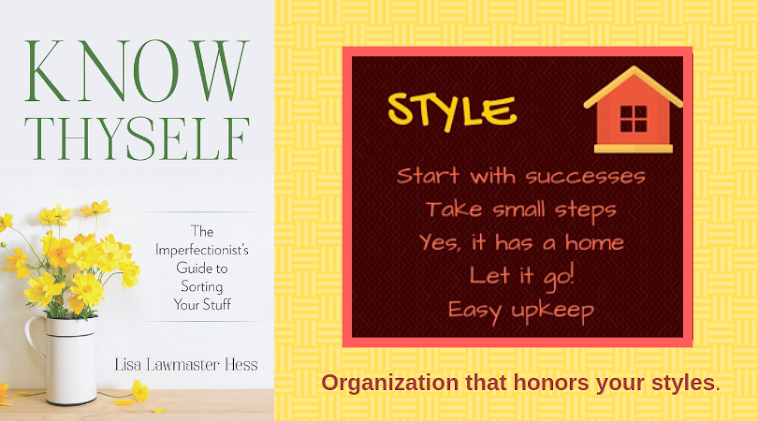 |
| Photo: Dodgerton Skillhause via Morguefile |
How about you? If you fall somewhere between these two approaches, how do you decide what to keep when your head says, "toss" and you heart says, "nooooo!!!"?
Here are three questions to ask yourself to facilitate the decision-making process.
- Is it hazardous, dangerous or otherwise a threat to physical or emotional safety? The piece of cardboard in question poses no physical danger to anyone and is completely harmless. An antique firearm, on the other hand, might be less welcome. As far as emotional safety goes, I feel a sweet sense of nostalgia when I look at the big blobs of multi-colored shapes, and am transported back to long summer days and puzzle races. I like those feelings and memories. A similar item that conjures up sadness and regret has probably outlived its usefulness. Listen to your head. Dispose of it.
- Does it take up more than its fair share of space? Storage-wise, there's a huge difference between keeping a piece of preschool artwork and, say, a middle school plaster sculpture that's abstract (i.e. you're not sure what it's supposed to be). If it's easy enough to tuck the item away somewhere, honor your heart. If you need to make space for it, are tripping over it and your child doesn't remember making it in the first place, listen to your head.
- Does it have meaning for anyone else? As noted above, when I see this decorated piece of cardboard, I immediately remember the small child who created it. No matter how big and mature she is now, she's immediately 3 1/2 in my mind with just one glance at this silly memento. I can still reason my way out of this, though, citing plenty of other things (photographs, for example) that conjure up these images. But, when the twenty-year-old identified it as "our puzzle board," my head didn't stand a chance. It was heart all the way.
So stash it, frame it, display it or put it in a "maybe" box to deal with later. Celebrate the things that have meaning to you, and don't assume that the head is always a better decision-maker than the heart.









